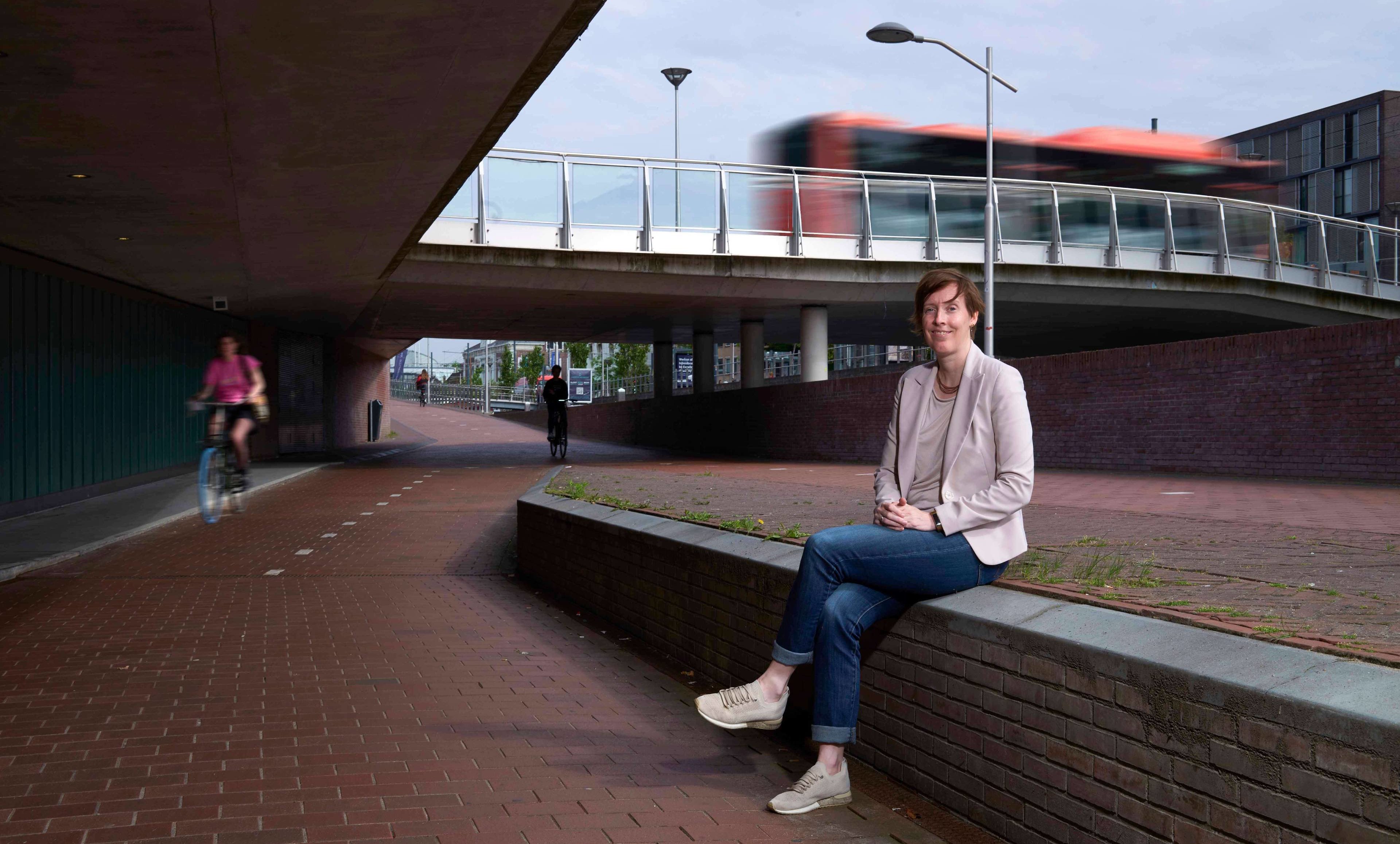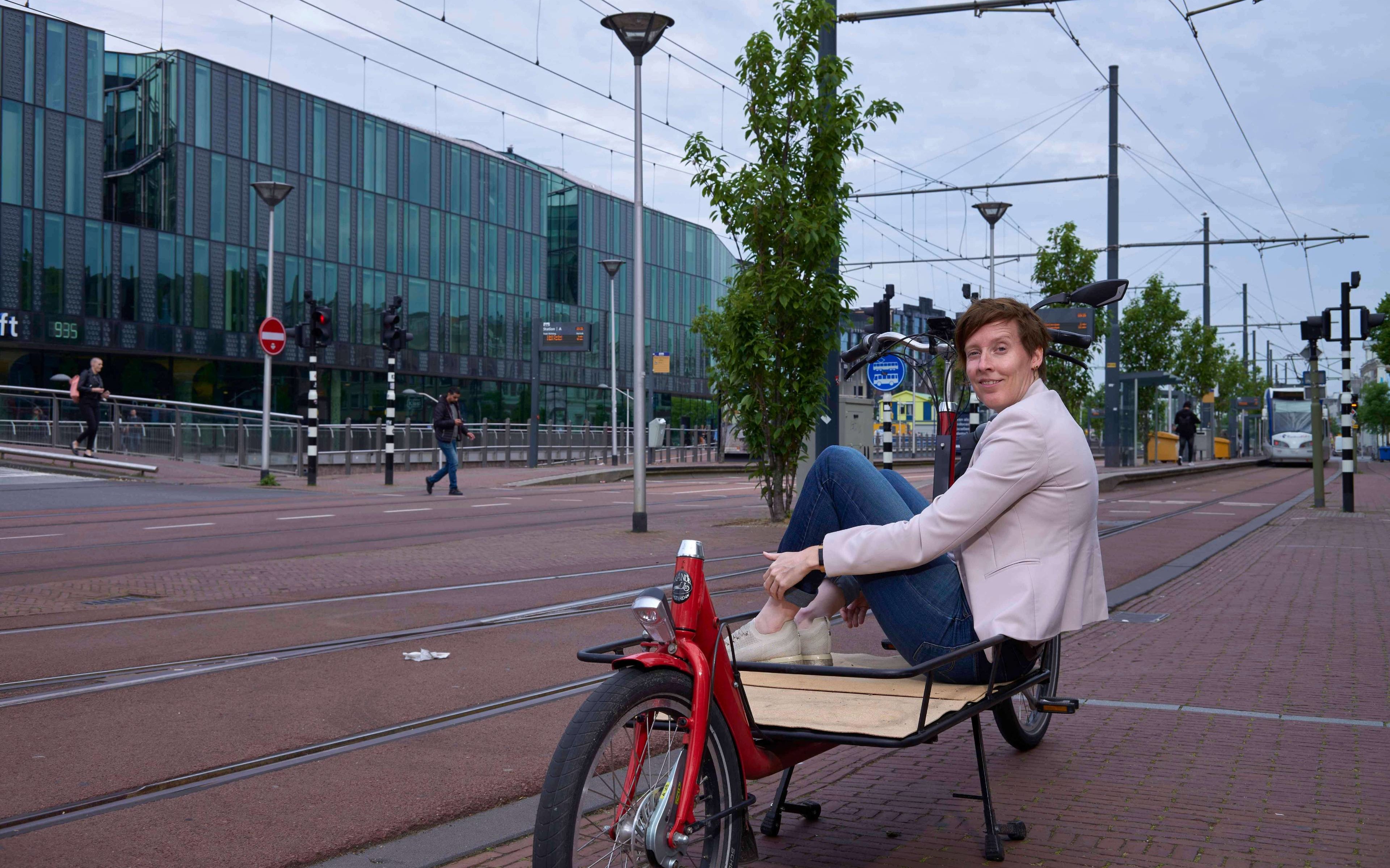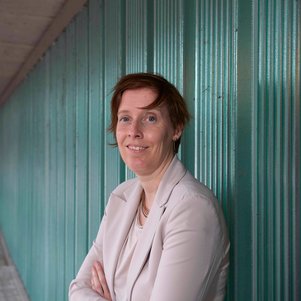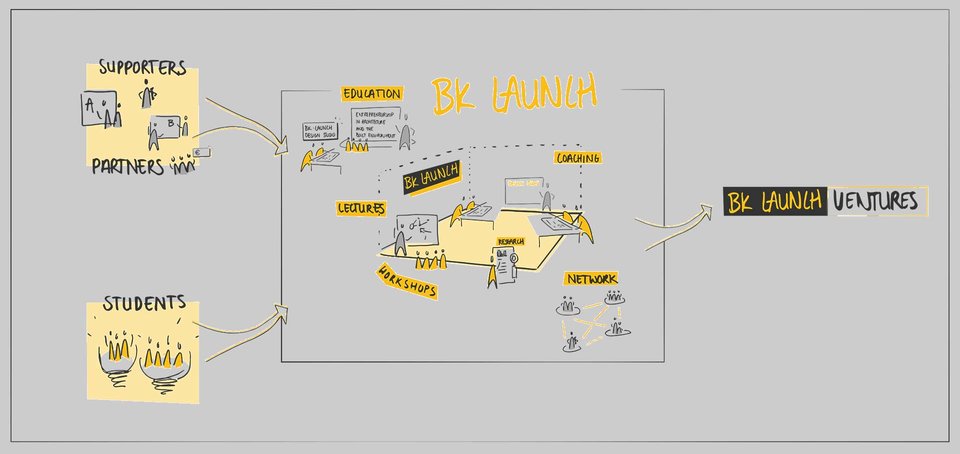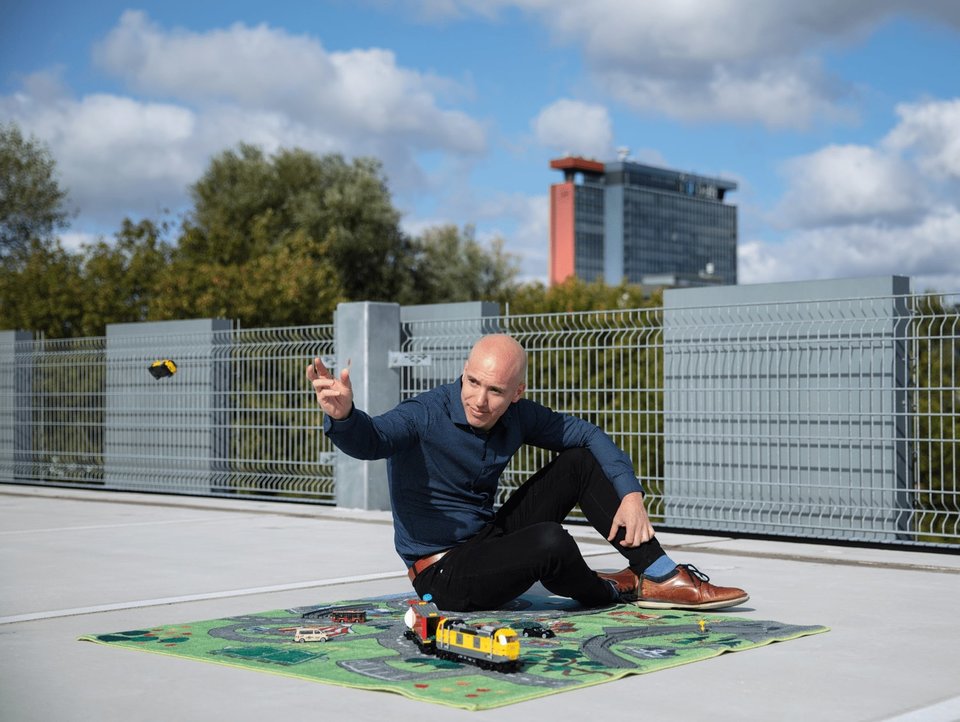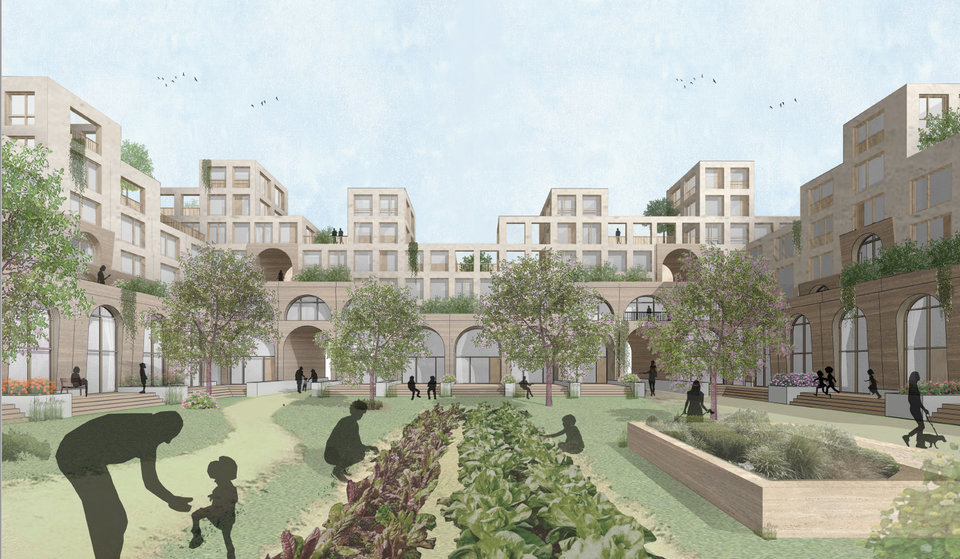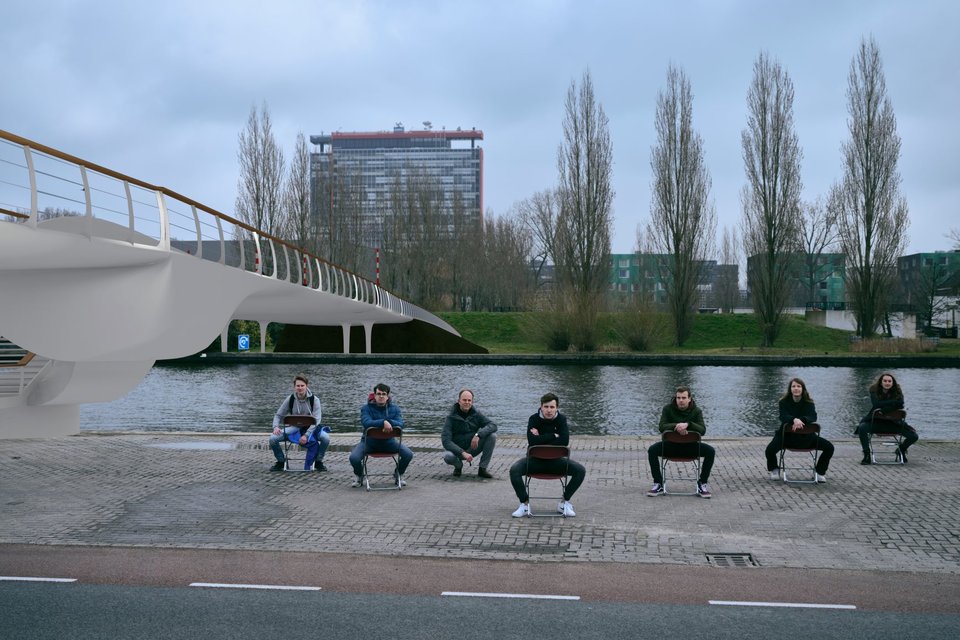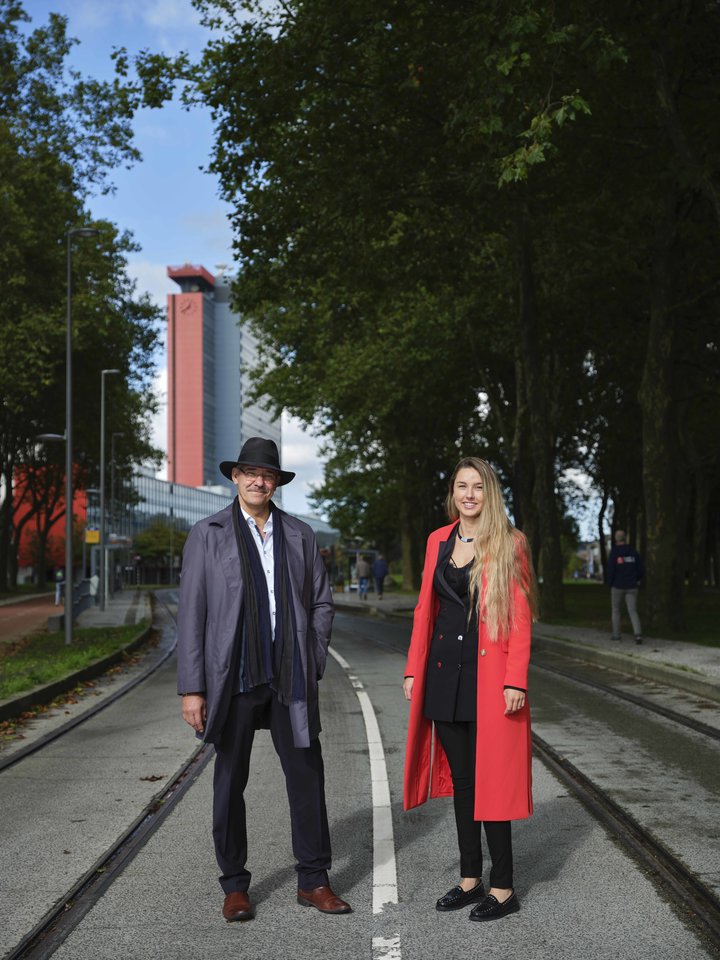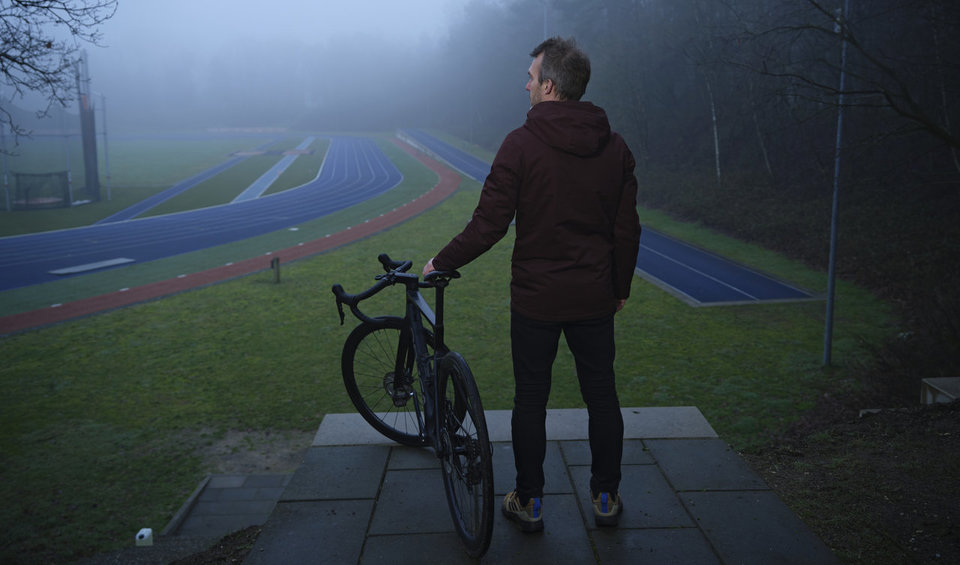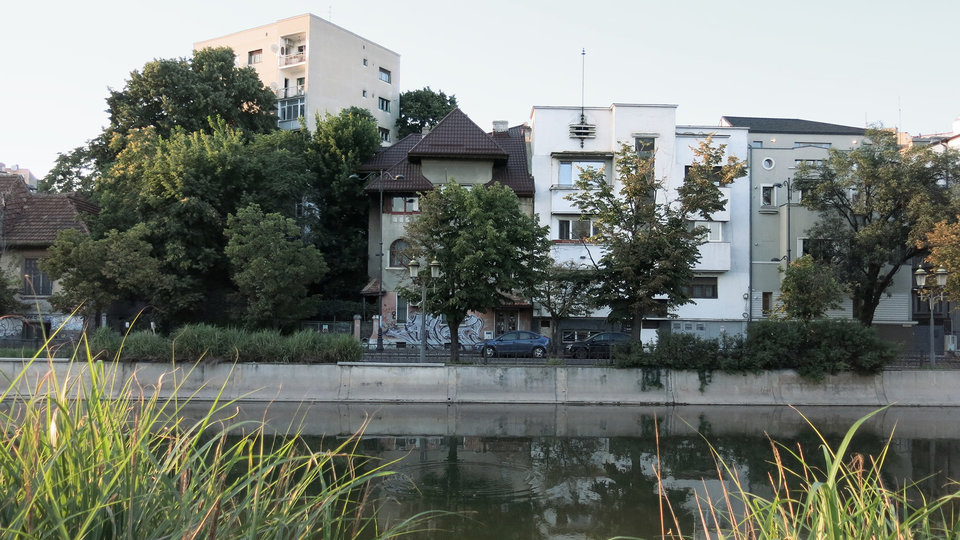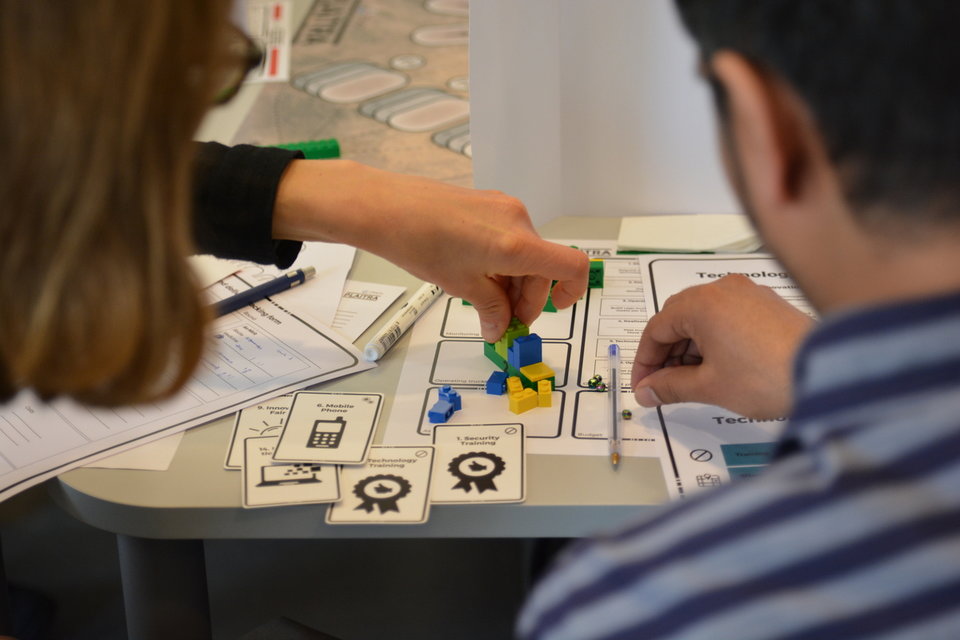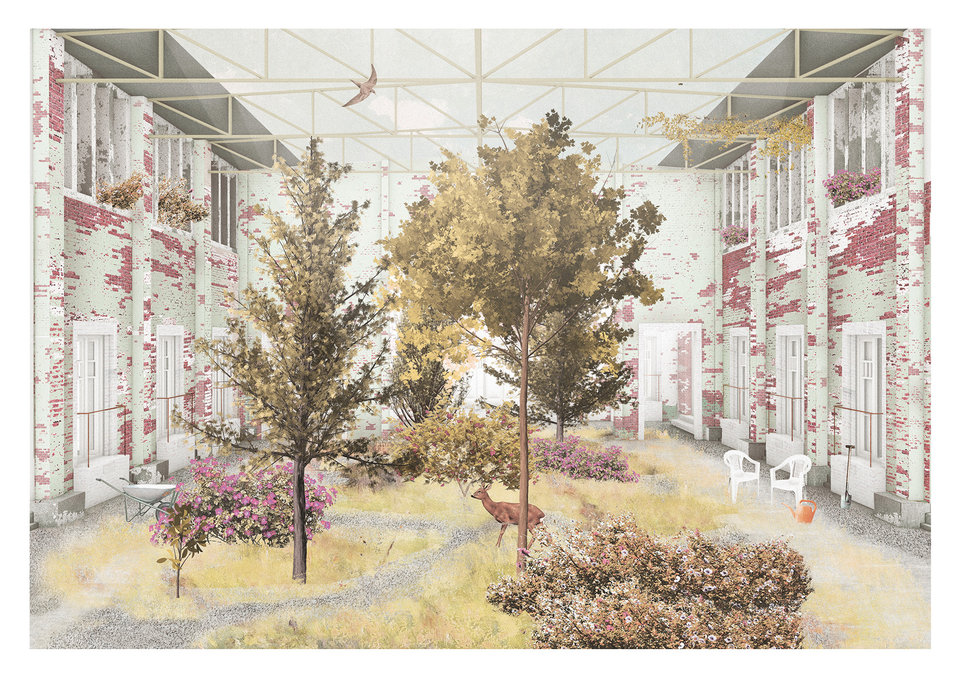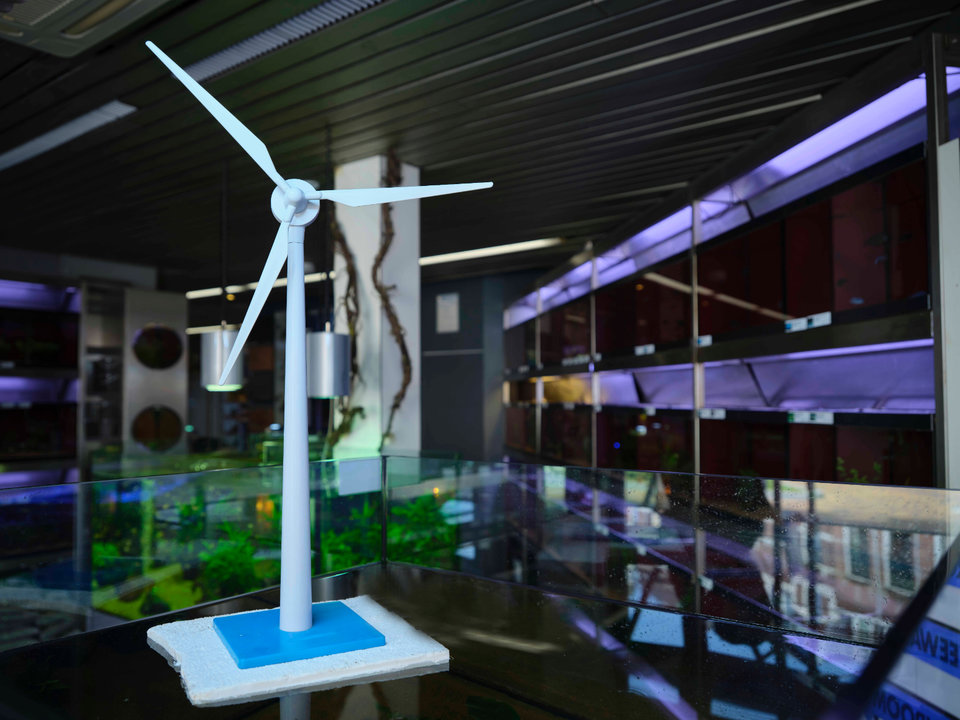Having your own car, bike or moped may be convenient but it’s also clogging up our city centres. Shared mobility can make cities easier to navigate and improve air quality. But adopting it efficiently is easier said than done. Maaike Snelder is helping local authorities to piece together the urban mobility jigsaw.
Space is becoming scarce in the Netherlands. As the population grows cars, bikes and mopeds – both moving and stationary- are determining the cityscape. To keep the urban environment safe, liveable and accessible we need creative solutions, associate professor at the Department of Transport and Planning Maaike Snelder says. ‘We want people to be able to move around but we also want a greener and less polluted environment. So building more roads and parking spaces is not an option.’
More shared mobility
To makes sure the twin aims of accessibility and liveability are achieved we need a new mobility system, Snelder says. ‘Shared mobility isn’t such a big leap when you think about it. More and more cities are creating hubs for sharing bikes, mopeds, scooters and cars, places where people can change from one mode of transport to another. They can be situated at a station, or a local car park. This will bring down car and bike ownership and also limit the need for car and bike parking spaces. Shuttle buses can be used as a ‘last mile’ solution for the final part of the journey which may not be covered by a regular bus service, for instance.
Piecing together the mobility jigsaw
Snelder, who graduated as an econometrist, enjoys a puzzle which comes in handy when designing complex traffic and transport networks. ‘I don’t concentrate on individual solutions but on the effect they have on the bigger picture. What is the best way of organising and combining different solutions in an area? To answer that question you have to find out which modes of transport people are using for different kind of trips, look at the impact these solutions have and which locations are suitable for hubs. What makes my research particularly exciting is that I get to find all this out in areas where over a million people move from one place to another every day.’
No learning agenda
Amsterdam and Rotterdam municipalities are actively tackling the mobility issue but not always in the most efficient of ways, Snelder found. ‘What is lacking is a proper learning agenda. Municipalities experiment with shared mopeds or sharing hubs but then don’t evaluate the projects fully, or share their lessons learned. That means the effectiveness of the scheme remains unclear. Another problem is that effects on accessibility, traffic safety and air quality are often looked at separately when the point is to study the whole picture. And very often the focus is on the technical feasibility of a solution instead of its real added value.’
SUMMAlab
In order to enable as many municipalities as possible to profit from their experiments Snelder and colleagues Bart van Arem and Arjan van Binsbergen created SUMMAlab (see box). Snelder; ‘SUMMAlab is a meta living lab which combines scientific research and practical applications. The aim is to carry out pilots and other initiatives to gather information and accelerate the development towards better urban accessibility and liveability. Apart from TU Delft and TNO, Metropolitan Region Amsterdam (MRA) and Metropolitan Region The Hague Rotterdam (MRDH), a number of other partners in the field of smart mobility are involved as well.’
Tools and methods
The work done at SUMMAlab has produced five tools which will help cities and regions tackle mobility issues. Snelder: ‘The traffic and environment effects tool models people’s movements and how this affects CO2 emissions. The business model tool shows what the costs and benefits are. To make the step from a pilot project to a solution applicable to the whole of the city an upscaling tool has been developed. The social inclusion tool makes sure the needs of as big and varied a group of people are served and not just those of business travelers with deep pockets.’
The idea behind SUMMAlab is that cities are not only helped by science but learn from each other as well, Snelder says. ‘Most have some idea of what other cities are doing but because of SUMMAlab they are now actively engaging in conversation. A project about local hubs in Amsterdam, for example, has been adopted by The Hague. City officials don’t need to invent the wheel every time. The data we collect about the pilots can be found in a database and that includes earlier experiments carried out by the municipalities. And every so often all members of the consortium meet up to share findings and lessons learned.’
The right conditions
It takes more to create a liveable, sustainable and accessible urban city than implementing the right solution in the right place, Snelders says. The right conditions have to be in place as well. ‘The municipality can decide to ban cars or mopeds from crowded areas with lots of pollution, for instance. A proper legal framework is another requirement. If you want to want to create a mobility hub you need to make sure you have a licence for charging stations. The sites also have to be officially designated ‘shared car locations’ and be provided with enough electricity.’
SUMMAlab
The SUMMAlab consortium was created in 2019 and is made up of knowledge institutes, municipalities, provincial authorities, metropole regions and smart mobility partners. Find all SUMMalab partners here. Ten currrent SUMMAlab practical application pilots will be running until June 2022. The scientific research into the effects of individual solutions will be concluded in August 2024.
Work at the lab includes a PhD research project into the development of new models to determine the impact of new mobility systems on the choice of mode of transport, accessibility and liveability, and ways to implement these systems.

